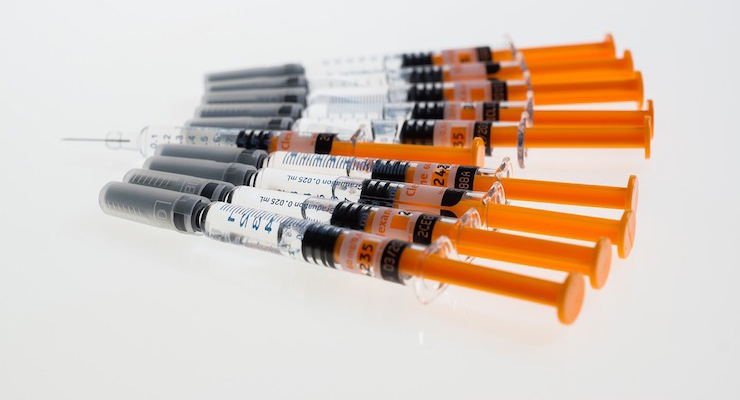Epidemiological and Economic Effects of Priming With the Whole-Cell Bordetella pertussis Vaccine
Importance Current acellular pertussis vaccines may not protect against transmission of Bordetella pertussis.
Objective To assess whether a priming dose of whole-cell pertussis (wP) vaccine is cost-effective at reducing pertussis infection in infants.
Design, Setting, and Participants Mathematical model of pertussis transmission fit to US incidence data in a simulation of the US population. In this simulation study conducted from June 2014 to May 2015, the population was divided into 9 age groups corresponding to the current pertussis vaccination schedule and fit to 2012 pertussis incidence.
Interventions Inclusion of a priming dose of wP vaccine into the current acellular pertussis vaccination schedule.
Main Outcomes and Measures Reductions in symptomatic pertussis incidence by age group, increases in wP vaccine–related adverse effects, and quality-adjusted life-years owing to changing vaccine schedule.
Results Switching to a wP-priming vaccination strategy could reduce whooping cough incidence by up to 95% (95% CI, 91-98), including 96% (95% CI, 92-98) fewer infections in neonates. Although there may be an increase in the number of vaccine adverse effects, we nonetheless estimate a 95% reduction in quality-adjusted life-years lost with a switch to the combined strategy and a cost reduction of 94% (95% CI, 91-97), saving more than $142 million annually.
Conclusions and Relevance Our results suggest that an alternative vaccination schedule including 1 dose of wP vaccine may be highly cost-effective and ethically preferred until next-generation pertussis vaccines become available.
Source: JAMA Pediatrics,
May 2016, Vol 170, No. 5


